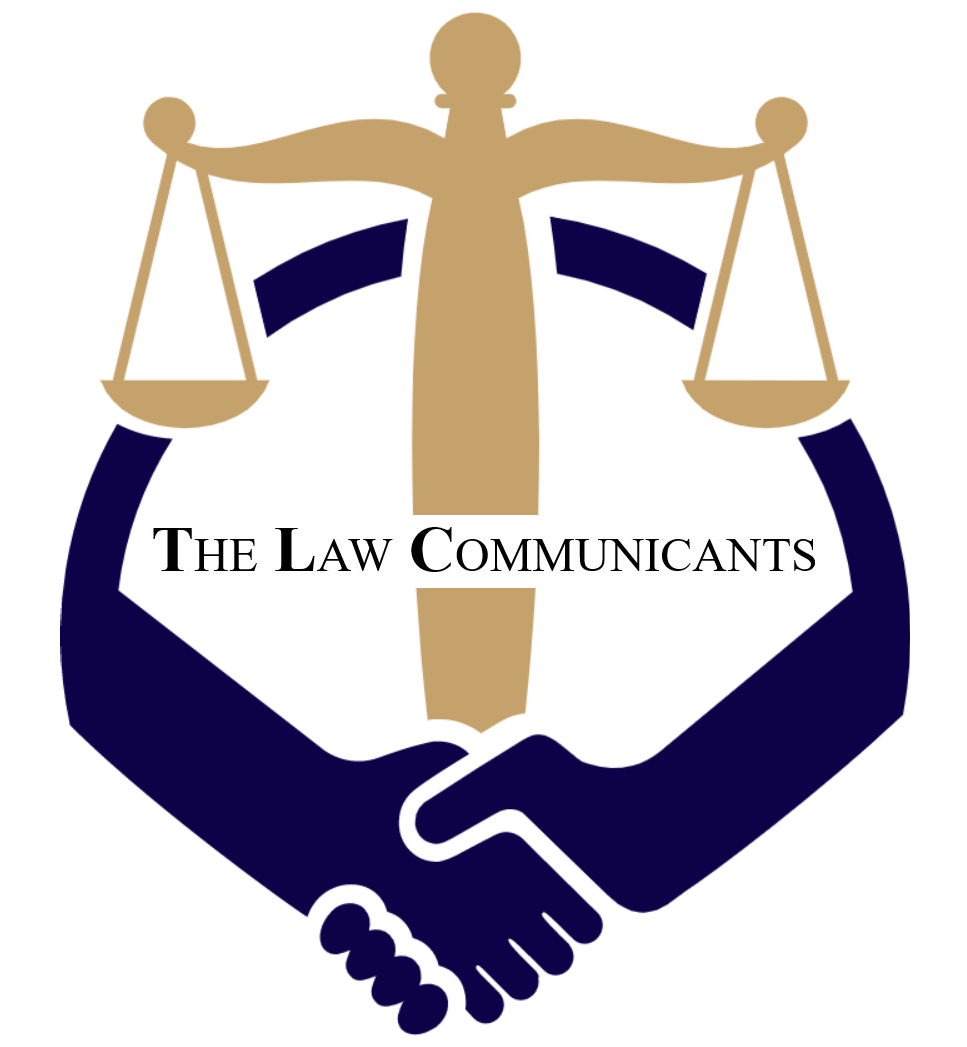Supreme Court Clarifies Law on Juvenility in Serious Crimes: School Records Not Conclusive, Statutory Documents Take Precedence
Table of Contents
- Introduction
- Background: The Crime and the Juvenility Plea
- Supreme Court’s Assessment
- The Judgment
- Legal and Social Impact
- Conclusion
Introduction
In a crucial verdict shaping the standards for determining age in criminal trials, the Supreme Court of India has ruled that school records based solely on oral declarations cannot override reliable statutory documents and medical evidence when adjudicating claims of juvenility. This ruling, delivered on August 1, 2025, reinforces that the protection of the Juvenile Justice Act must not become a tool for evasion of justice in grave offences such as murder.
Background: The Crime and the Juvenility Plea
The case involved a 2012 murder incident in Uttar Pradesh, where the accused (Respondent No. 2) was charged with forcible entry and the fatal shooting of a person using a country-made pistol. During trial, the accused claimed juvenility, producing a private school certificate stating his birth year as 1995—placing him below 18 at the time of the offence. Both the Trial Court and the Allahabad High Court accepted this school record and extended juvenile status.
Supreme Court’s Assessment
1. Reliability of School Records
The Supreme Court found that the school certificate:
- Was issued by a private institution, not a public school.
- Had the birth date recorded solely based on the oral declaration of the accused’s father—without corroborating documentary evidence.
- Did not qualify as a “public document” under Section 74 of the Indian Evidence Act.
2. Importance of Statutory Public Records and Medical Opinion
Contradicting the school certificate, public documents revealed:
- The Family Register under the UP Panchayat Raj Act and the Voter List consistently recorded the birth year as 1991, making the accused an adult at the time of the crime.
- Medical evidence, specifically a report by the Chief Medical Officer, also supported the 1991 birth year and estimated the accused to be around 22 years old at the relevant date.
3. Interpretation of Juvenile Justice Rules
Referring to Rule 12(3) of the Juvenile Justice (Care and Protection of Children) Rules, 2007, the Supreme Court reiterated the hierarchy of age determination:
- Birth certificate from a government authority,
- School certificate from the first attended school,
- Matriculation certificate,
- In absence of above, medical examination.
The Court firmly held that where school records are neither corroborated nor contemporaneous, and are contradicted by stronger public documents and medical assessment, the statutory documents take precedence.
4. Purpose of the Juvenile Justice Law
The Court cautioned against casual reliance on dubious school records in serious crimes, emphasizing that statutory protection for juveniles must not be misused by adults seeking to dodge accountability in heinous cases.
The Judgment
The Court set aside orders of both lower courts, declared the accused to be an adult at the time of the offence, and directed him to be tried as a major.
“…The certificate issued by Kaushik Modern Public School, Khurgaon could not have been taken as conclusive proof of date of birth…On the basis of the latter three documents, it is clear that Respondent No.2 cannot be said to have been a ‘juvenile’ on the date of the unfortunate incident.” – Supreme Court.
Legal and Social Impact
- Prevention of Misuse: This precedent tightens evidentiary standards, helping prevent misuse of the juvenile protection law in serious criminal cases.
- Guidance for Courts: Trial and appellate courts must critically examine the reliability, source, and probative value of all age-related documents, prioritizing public records and expert medical opinion over unsubstantiated school entries.
- Protection for Genuine Juveniles: While the law remains a shield for bona fide minors, it cannot shelter adults who seek to manipulate records retrospectively.
Conclusion
The Supreme Court’s decision marks a significant advance in ensuring that justice is not subverted by manipulation of documentary evidence. In age-dispute cases, especially involving grave offences, credible statutory records and medical assessments prevail over private school certificates that are not supported by contemporaneous proof. This principle strengthens the integrity of India’s criminal justice system while upholding the genuine protective intentions of juvenile law.




